
Meet the Papercast CMS Layout Catalogue: A must have resource for sharing visually impactful passenger information
We’re excited to tell you about the Papercast Content Management System (CMS) Layout Catalogue, an…
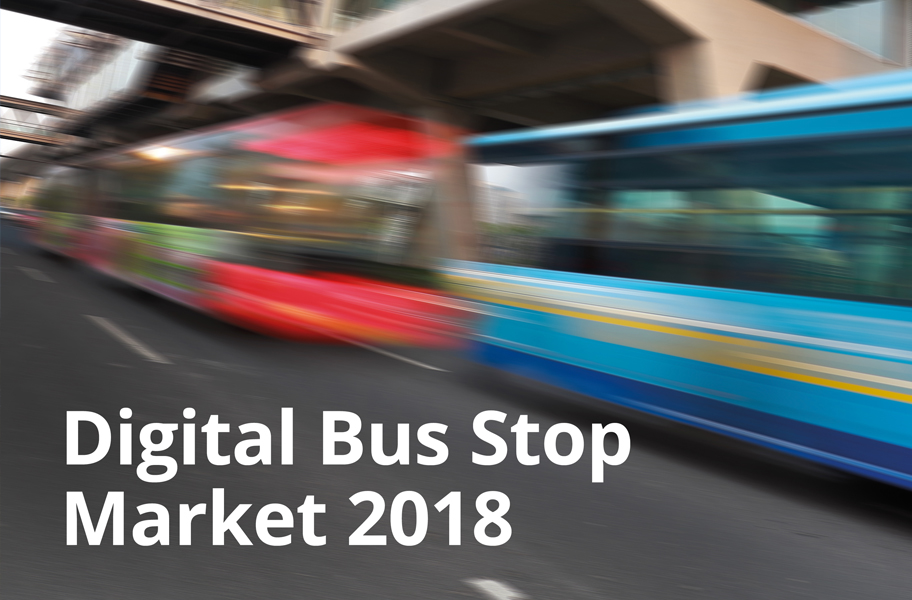
Papercast reveals industry consensus that providing real-time passenger information at bus stops delivers customer, service and financial benefits, with 78% expecting an increase in ridership within the next 2-5 years.
Papercast, the leader in e-paper bus stop displays, today released the second instalment of their survey findings, exploring the benefits of providing real-time information to passengers at the bus stop.
At the end of last year, Papercast released the first part of the research. The results reveal that 8 out of 10 survey respondents have very active passenger information strategies and two-thirds are either piloting new digital bus stop technologies or plan to in the next two years, with e-paper emerging as the technology of choice.
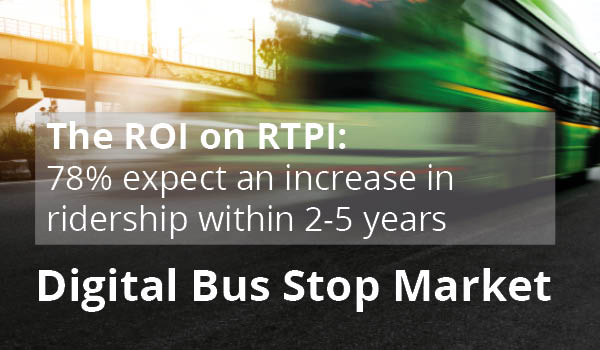
The study has observed that there is a strong appetite for implementing passenger information solutions, and transport authorities and service operators are confident they support wider strategies and objectives. When asked to specify the benefits of providing real-time information to passengers at bus stops there was mainstream agreement on the top five responses: to improve the passenger experience; align with smart city strategies; facilitate ongoing service improvements; increase ridership and ticket revenues; and to reduce customer complains.
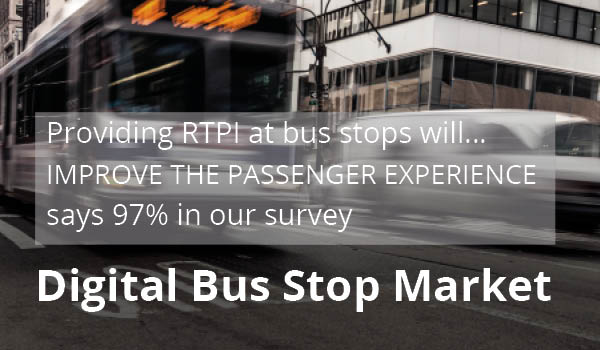
While increasing ridership and ticket revenues take fourth position in the benefit ranking, when digging a little deeper, there are very positive expectations. The majority are looking at gains of up to 10%, while 21% expect more than a 10% improvement in ridership. Impressively, 13% are banking on a ridership boost of more than 15%. In terms of the ROI timeframe, two-thirds believe it will come within two years and the remaining within five years.
“There is a great deal of anecdotal evidence in this area,” comments Robert Bicket, CEO of Papercast. “It is reassuring that there is a clear and consistent agreement that providing live service arrivals brings clear benefits and measurable ROI. We also need to bear in mind that nearly three-quarters of the respondents already have digital bus stop displays in one form or another, so will respond based on their experience, rather than expectation”.
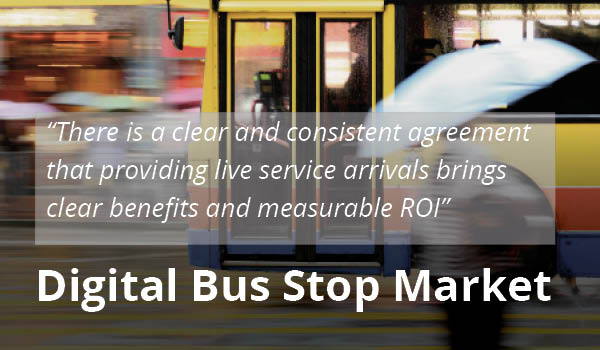
When asked what strategies are being implemented to improve revenues over the next three years, implementing real-time passenger information through all touchpoints came out on top, followed by more reliable and accurate real-time information and improving operations to better meet demand.
Papercast is revolutionising the way operators provide passenger information at the bus stop. The unique attributes of e-paper make it ideal for outside use, with unbeatable screen visibility, even in direct sunlight. Couple this with wireless connectivity and exceptionally low power consumption, and the displays can be continuously solar powered – no power or connectivity cables are required.

We’re excited to tell you about the Papercast Content Management System (CMS) Layout Catalogue, an…
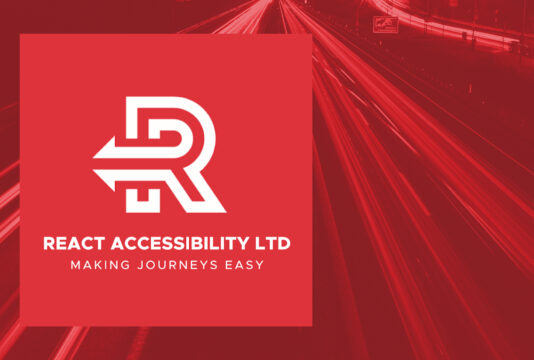
The REACT Trigger System is now available on Papercast displays We’re excited to share that…